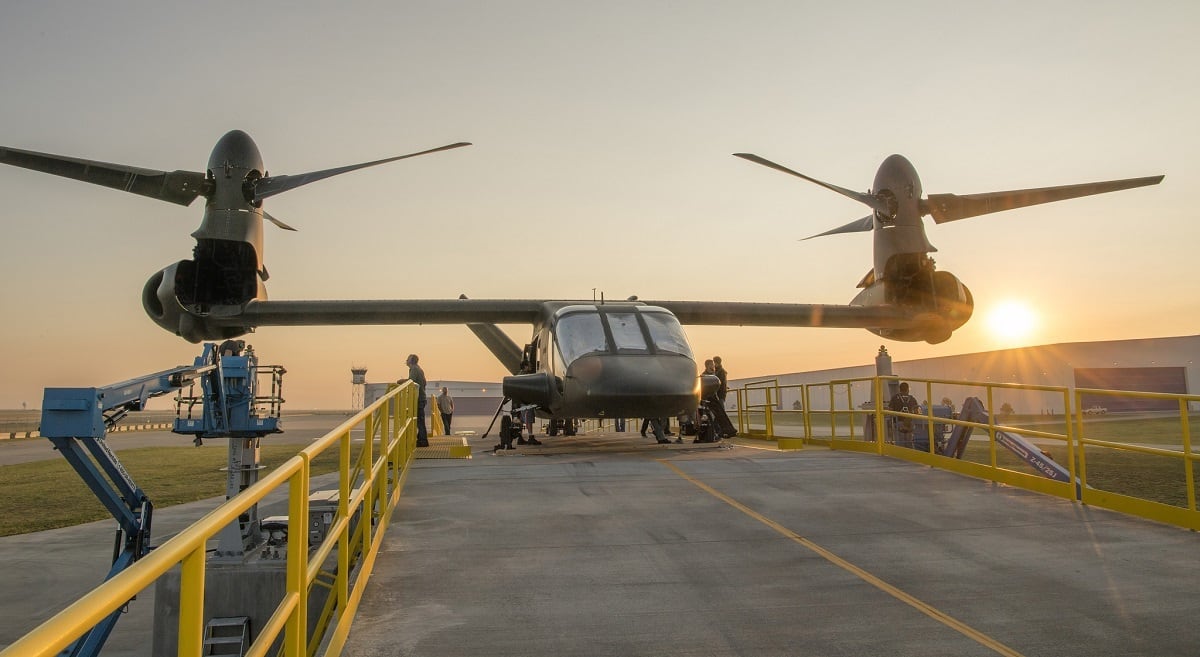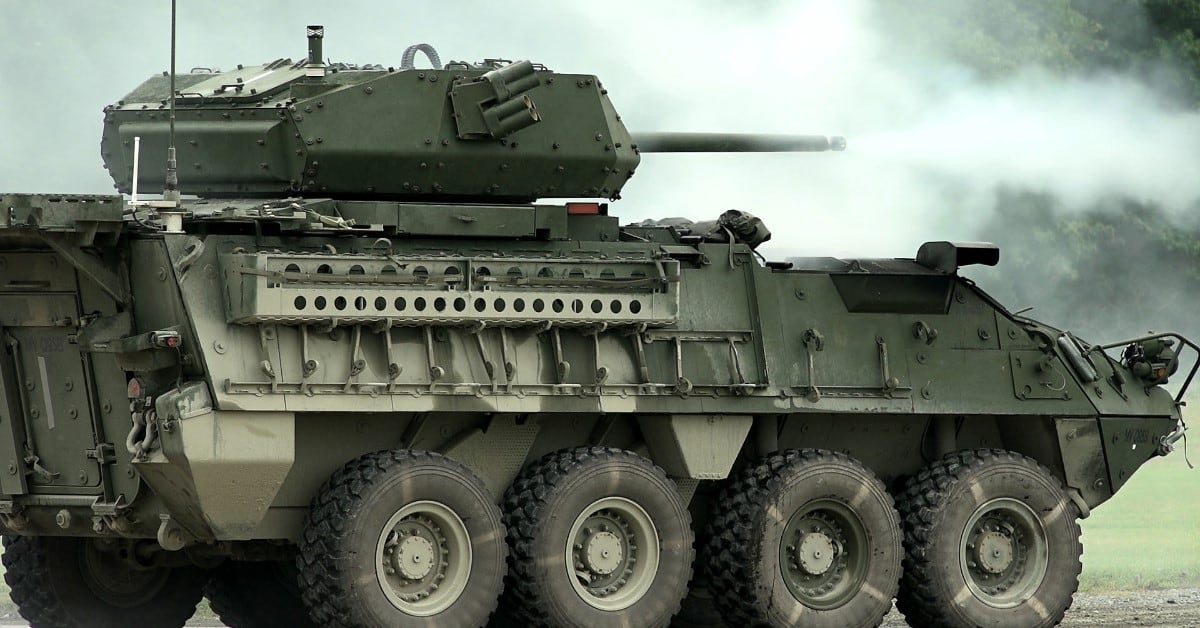HUNTSVILLE, Ala. — The U.S. Army’s $2.3 billion unfunded requirements list — or wish list — sent to Capitol Hill includes money to speed up the service’s plan to buy a future long-range assault helicopter and efforts to boost lethality, such as outfitting more Stryker combat vehicles with a 30mm gun.
The unfunded requirements list is something the military services send to Congress each year shortly following the release of the defense budget request to inform lawmakers on where money would be spent if there was more of it. The lists are usually provided at the request of congressional defense committees.
The service has pivoted toward six modernization priorities it deems necessary to modernize the force, and through a rigorous review of every program within the Army by leadership, billions of dollars were found within its $182 billion fiscal 2020 budget to devote to the ambitious efforts within that modernization portfolio.
But the Army would spend another $243 million to advance certain modernization efforts if it could, according to the wish list.
For instance, if the Army had additional funds, it would want to spend $40 million to buy the XM-913 weapon system — a 50mm gun, ammunition-handling system and fire control — to outfit two next-generation combat vehicle prototypes. The NGCV is the second-highest modernization priority.
The service would also want to spend $75.6 million to speed up decision-making on the future long-range assault aircraft, or FLRAA — one of the two future vertical lift lines of effort to replace the current fleet.
Gen. John “Mike” Murray, Army Futures Command commander who is in charge of the service’s modernization, told Defense News in a March 26 interview at the Association of the U.S. Army’s Global Force Symposium that the service would like additional funding to close the gap between what it is seeing now with the two technology demonstrators, which are both flying, and a decision on the way ahead to procure FLRAA.
Bell’s V-280 Valor tilt-rotor aircraft has been flying for nearly two years, and the Sikorsky-Boeing team’s SB-1 Defiant flew last week. The demonstrator aircraft were originally funded to help shape the service’s requirements for a future vertical lift family of aircraft.
RELATED

The Army also wants additional funding to extend the range of the Q-53 counter-fire target acquisition radar and funding to preserve a new program for a low-Earth orbit, space-based capability to extract data and tactical imagery in denied or contested environments, something that is critical to the Long-Range Precision Fires program, the Army’s top modernization priority.
Lastly, additional funding would also support rapid prototyping for the next-generation squad weapon—automatic rifle.
The service would want an additional $1 billion to address readiness to include $161 million in more aviation training, $118 million in bridging assets and $128 million for mobilization needs.
Also included in the readiness funding: money to further enhance interoperable communications with allies and partners, and funds to help restore airfields, railheads and runways in Europe that would enhance better movement.
U.S. Army Europe commanders in recent years have stressed the need to build better infrastructure to move troops and supplies more freely in the region and have cited interoperability issues with allies as one of the toughest aspects to overcome in joint operations.
Funding would also be used to enhance the Army’s pre-positioned stock in Europe with petroleum and medical equipment.
In the Pacific area of operations, the funding would also cover needed multidomain operations capabilities and force protection for radar sites and mobile ballistic bunkers.
Focusing on lethality requirements, the Army wants an additional $249 million to upgrade more Strykers with 30mm cannons. The service is already up-gunning Strykers for brigades in Europe and recently wrapped up an assessment of the enhanced Strykers to inform a decision on whether to outfit more Strykers with a larger gun. The Army is expected to make a decision within days on whether it will up-gun more Stryker units and how many it plans to upgrade.
Additionally, the Army wants $130 million to prototype hypersonic missile capabilities and another $24 million to integrate the Joint Air-to-Ground Munition’s seeker and guidance kit into an Army Tactical Missile System. JAGM is the service’s Hellfire replacement, and ATACMS will be replaced with the service’s long-range precision fire missile — the precision strike missile — currently under development.
The Army is also asking for $565 billion for infrastructure improvements both in the United States and in the Indo-Pacific area of operation.
Congress reporter Joe Gould contributed to this report.
Jen Judson is an award-winning journalist covering land warfare for Defense News. She has also worked for Politico and Inside Defense. She holds a Master of Science degree in journalism from Boston University and a Bachelor of Arts degree from Kenyon College.





